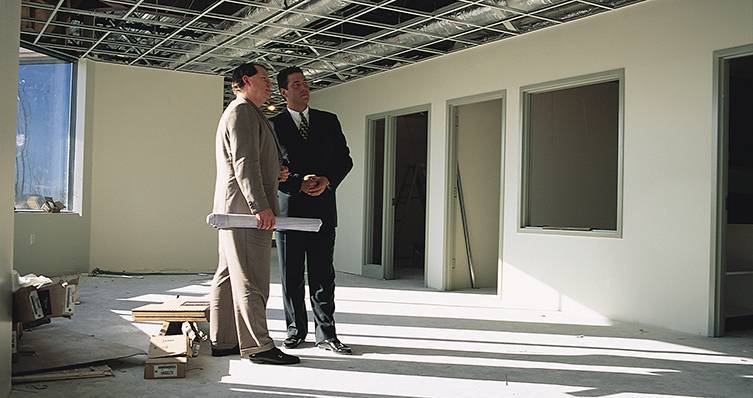
Accurate estimates are at the heart of every construction company’s financial success. They provide your team with a foundation to create project budgets, control costs, manage cash flow, and ensure profitability.
In a perfect world, initial estimates would match actual costs at the end of every job — with no hint of cost overruns or profit fade. But that hardly ever happens. Fortunately, there are ways you can tighten up your estimates so they’re as close as possible to final job costs. Here are 10 to consider:
1. Leverage software and digital tools. Be sure you’re using carefully chosen, up-to-date and construction-specific accounting software and digital tools to ensure accuracy and efficiency when gathering cost-related data. The right software can help automate calculations and processes, double-check accuracy, allocate and track costs more precisely to projects, and generate reports and other necessary documentation.
2. Use job costing to find the true costs. Job costing is a construction accounting method that itemizes costs to create more accurate estimates and bids, as well as simplify tax planning and filing. It essentially assigns price tags to individual jobsite tasks or activities based on the resources they consume — typically, equipment hours, labor hours and materials. The sum of those three expense categories is the true cost of each task/activity. The price tags then serve as line items in estimates that can be easily added or deleted as job scope changes. Essentially, job costing enables you to start at the task/activity level and estimate from the bottom up.
3. Don’t overlook overhead and indirect costs. These represent your construction company’s potentially hidden costs. If they aren’t baked into your estimates, your overall financial position may be compromised. Overhead costs generally include rent/mortgage, office equipment, supplies, utilities, insurance, and salaries.
But contractors must also grapple with indirect costs. These are costs that you incur for more than one job, such as workers’ compensation insurance, and that are indirectly related to on-site construction, such as field cell phone charges.
4. Avoid unpleasant surprises with cash reserves. When creating an estimate, consider reserving at least 5% of the project budget as a contingency for unforeseen costs, such as delays attributable to bad weather or poor site conditions. Regularly assess such risks and their potential financial impact, adjusting estimates accordingly.
5. Periodically review profit margin and markup percentage. Your construction company’s net profit is the amount of sales revenue left over after you’ve paid all hard and soft costs — that is, job costs, indirect costs, and overhead. One simple formula to determine net profit margin is:
Net Income ÷ Revenue x 100
Although there’s no industry standard, a rule of thumb says a construction business’s net profit margin objective should be at least 8%, if not more. Once you establish a desired profit margin goal, you can set a markup percentage to achieve that goal. Generally, markups should be recalculated at least once a year and reviewed quarterly.
6. Track project costs in real time. Monitoring construction costs throughout a project can help your team detect errors, rising prices, labor rate changes or other cost fluctuations. Project managers should work regularly with the accounting team to compare estimated costs to actual costs so they can make timely decisions to course-correct when costs start to creep up.
7. Monitor market conditions. Inflation, rising interest rates, supply chain issues, labor shortages, regulatory changes, weather events and public health crises — these are just a few of the variables that can influence your estimates. In short, follow the news carefully. Also, regularly refer to local industry standards and benchmarks to ensure your estimates are realistic and competitive.
8. Work closely with suppliers. Review the costs of materials on published vendor price lists, price quotes and subcontractor bids to track which items are rising and which are falling. Build cooperative relationships with suppliers that include using them as a resource when determining materials costs and spotting potential price changes.
9. Perform regular historical job-cost comparisons. After each project is completed, perform a detailed comparison of actual costs to estimated costs to identify trends that may inform future estimates. But don’t stop there! Comparing a cross-section of similarly sized jobs over a three-to-five-year period will allow for a broader understanding of your construction company’s estimating capabilities and where improvements may be needed.
10. Ask for help. To achieve sustained success in today’s tough competitive environment, construction businesses need to operate in a state of continuous improvement when it comes to their estimating processes and accounting practices. Reach out to a member of our construction industry team to start the conversation.
© 2023 KraftCPAs PLLC
KraftCPAs can help.
Call us at 615-242-7351 or complete the form below to connect with an advisor.